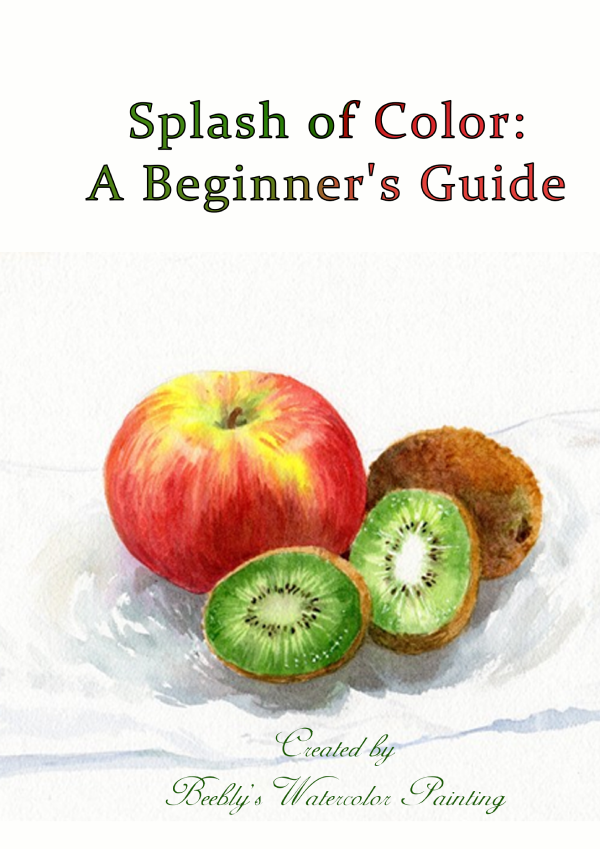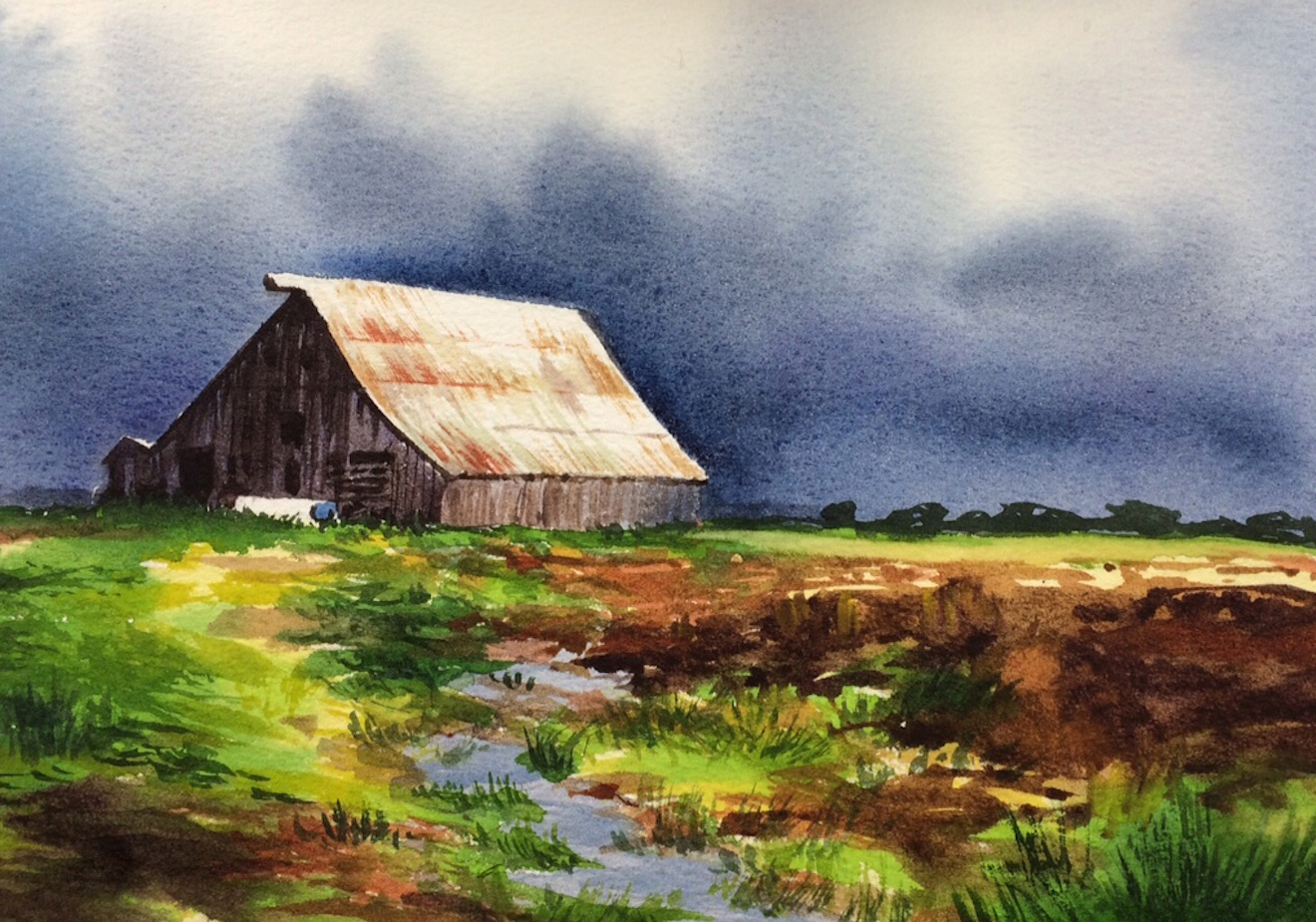
Learn how to apply variegated washes, a specific wet-on-wet watercolor technique.
Categories: Step-By-Step Painting Ideas , Watercolor Lessons , Advanced Techniques , Step-By-Step Lessons
Embellish your written words through the clever use of watercolor and calligraphy. This watercolor technique shared by Linsey Bugbee is a step-by-step crash course on watercolor calligraphy for beginners.
Categories: Step-By-Step Painting Ideas , Watercolor Lessons , Intermediate Techniques , Step-By-Step Lessons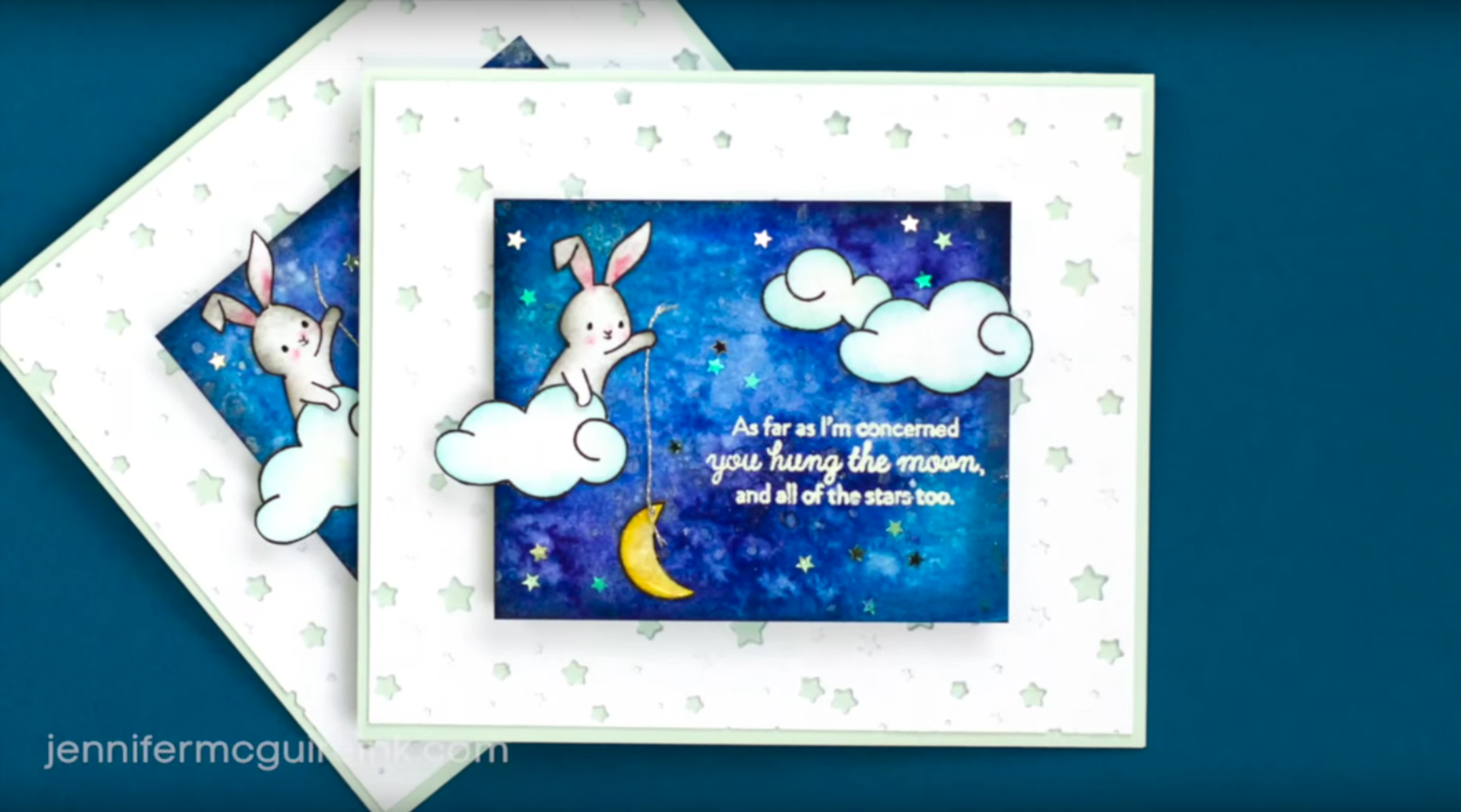
Learn how to add a unique effect to watercolor using a common condiment by following Jennifer McGuire in her card-making tutorial.
Categories: Step-By-Step Painting Ideas , Watercolor Lessons , Intermediate Techniques , Step-By-Step Lessons , Color Theory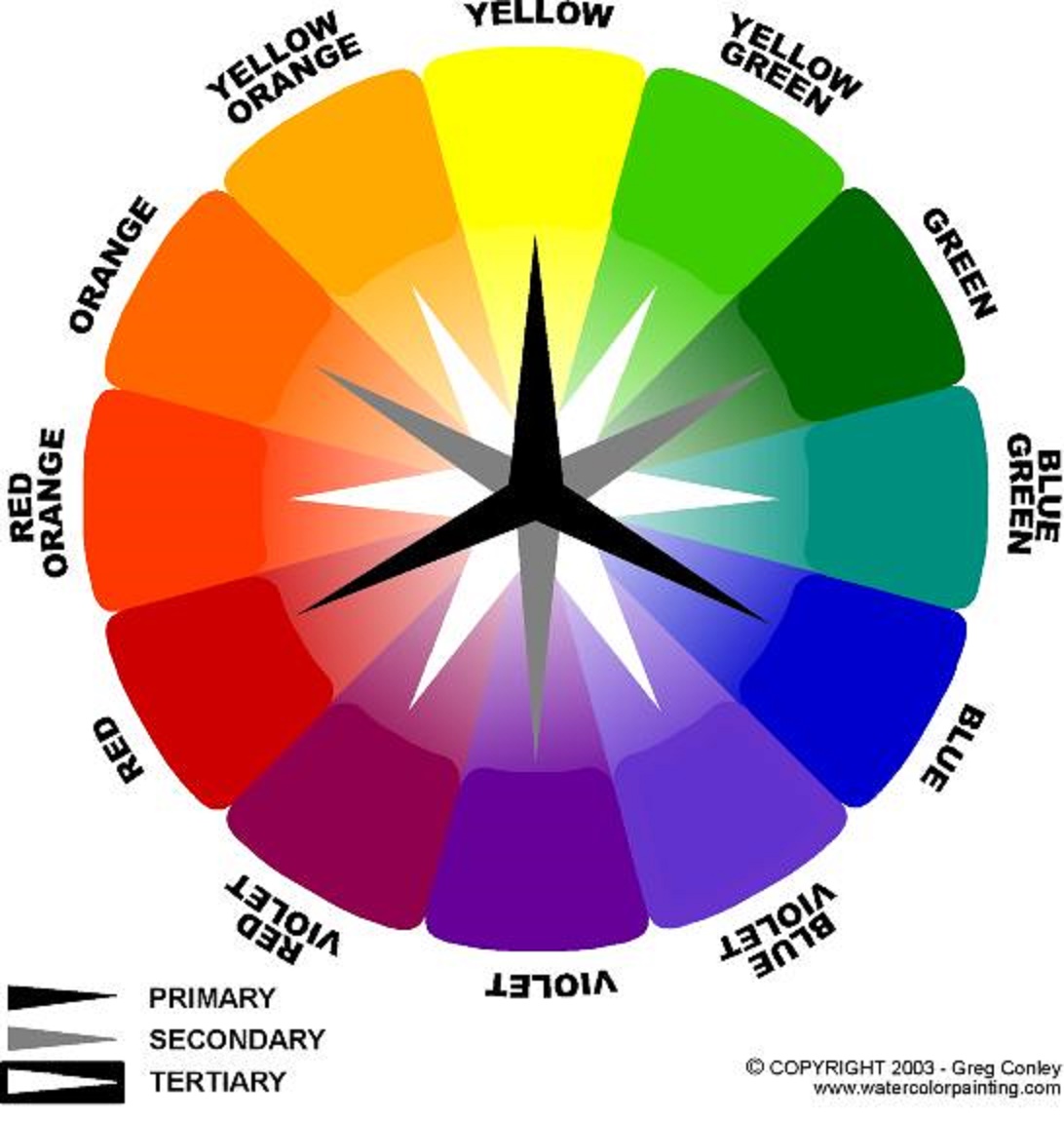
The Color Wheel The 12-part Color wheel is a representation of the visual spectrum of light that us humans can actually see. It is the rainbow we see through the dispersion of white light through prisms and raindrops. The visible spectrum (traditional ROYGBIV) is a very small range of the whole electromagnetic spectrum that runs from radio waves on the long end to Gamma waves on the short end. Each color has a specific wave frequency that our eyes perceive as different color sensations. The basic color groupings that concern artists are the Primary colors (3), the Secondary colors (3),...
Categories: Watercolor Lessons , Beginner Techniques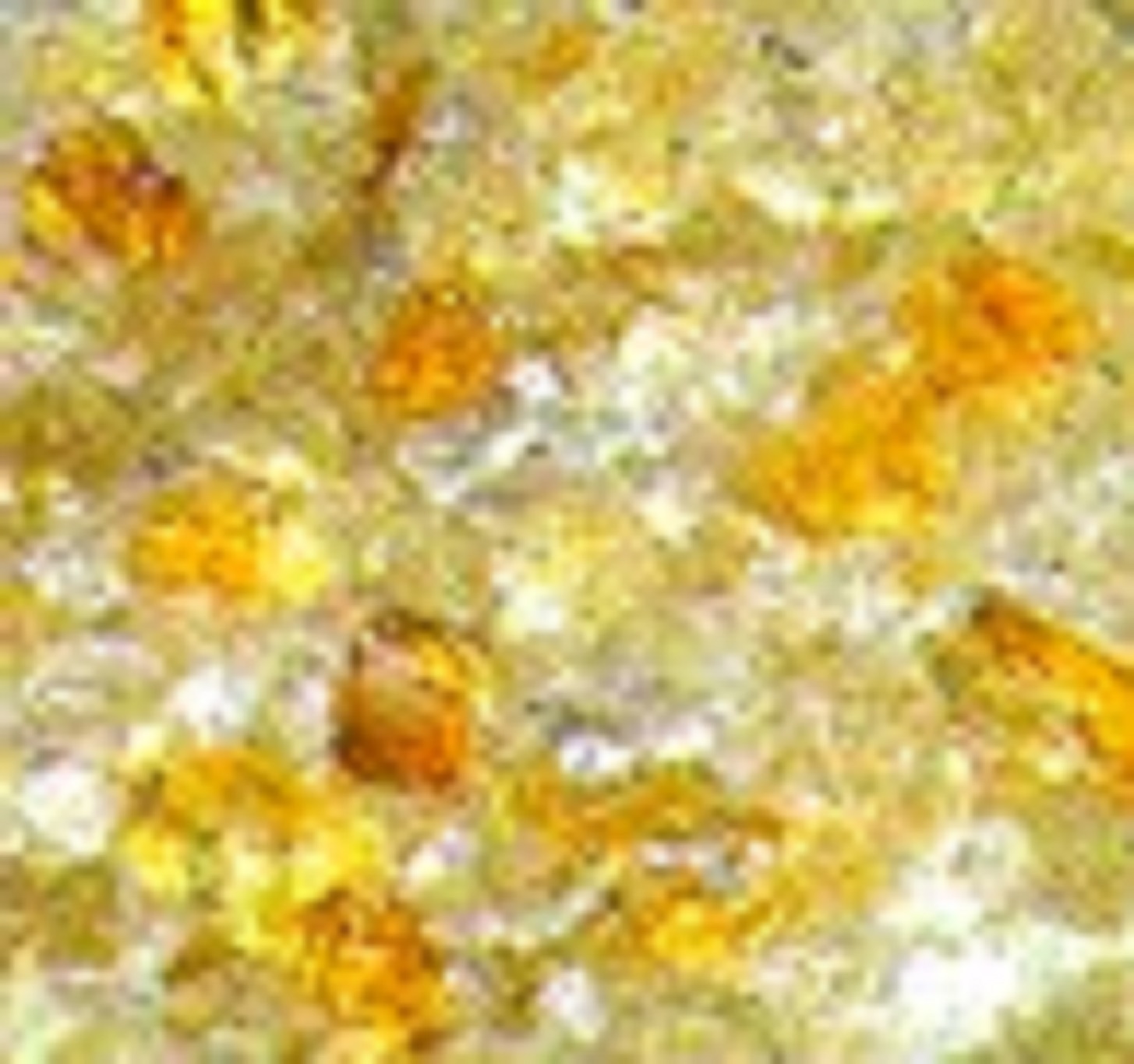
The Stuff of Paint Watercolor: What it is. Traditional transparent watercolor is finely ground pigment in a water-soluble binder such as gum arabic. Gum arabic is water-soluble gum produced by a species of the acacia tree and is available in crystalline form or in prepared solutions. The gum arabic crystals or granules are transparent when pure, but less highly refined varieties can be yellowish to honey colored. Gum arabic is also used in inks, adhesives, pharmaceuticals, and confections (it's non-toxic and tasteless). Other binders used for watercolor paint have included Tragacanth, a gum optained from various asian shrubs, and fish...
Categories: Watercolor Lessons , Beginner TechniquesPaper: a little history, a little trivia The variety of surfaces used to paint, draw, write and tally on have run the gamut from cave walls, clay tablets (Sumerians 5000-2000 BC), wood planks, papyrus (+-2500 BC), to parchment (1500-250 BC) and vellum, a finer variant of parchment. Papyrus was a woven mat of reeds, pounded together into a hard, thin sheet. Parchment and Vellum are make from specially processed animal hide (calves, goats, sheep) that are smoothed to a fine finish. The word "paper" actually comes down to us from the word "papyrus". According to contemporary Chinese records of AD...
Categories: Watercolor Lessons , Beginner Techniques



